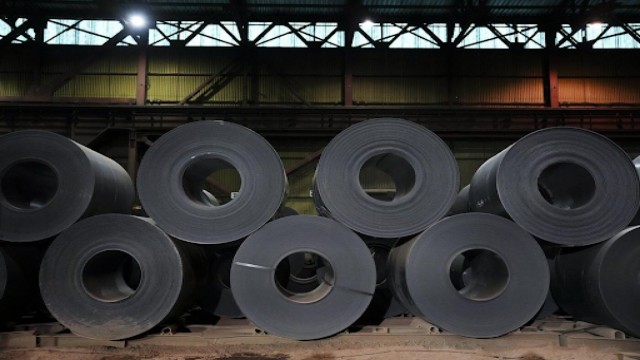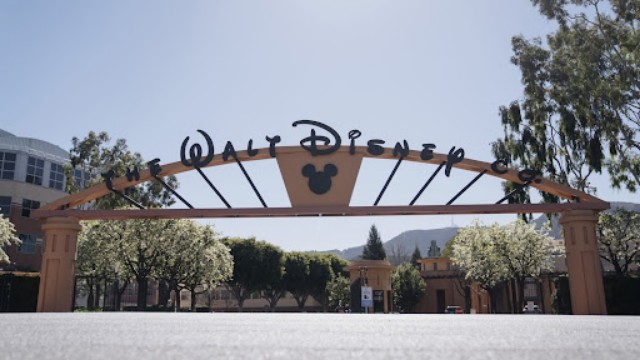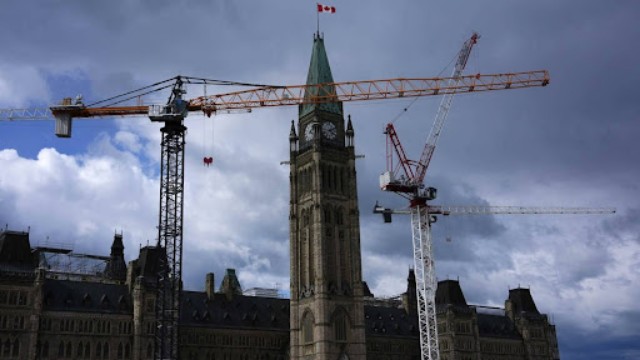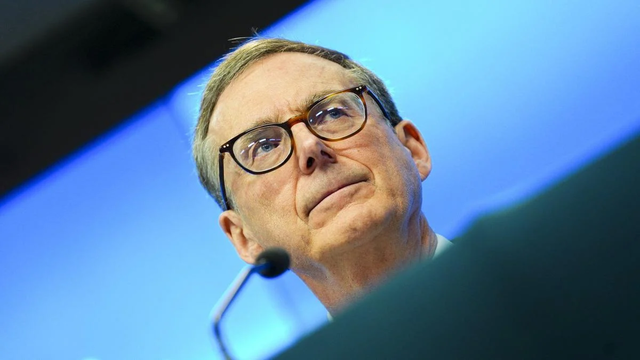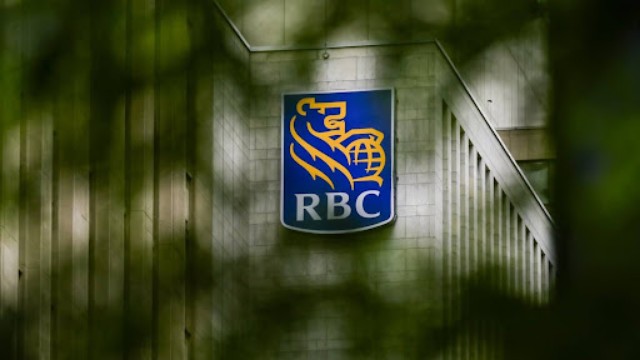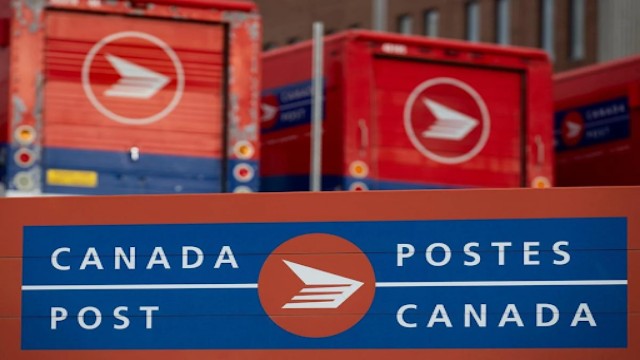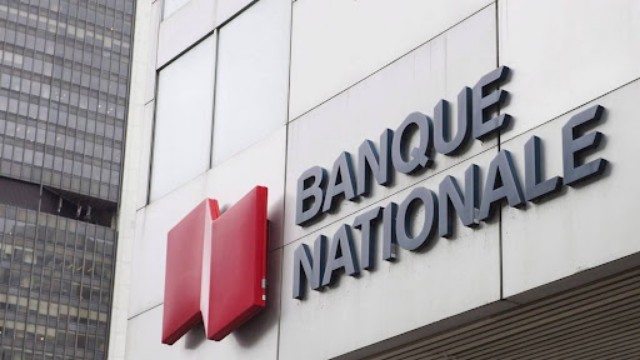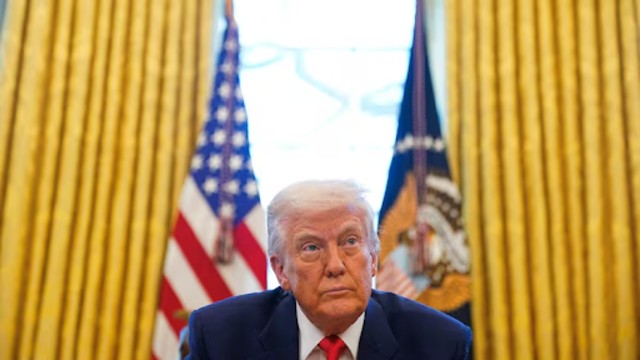
Trump says he would consider meeting with China’s Xi Jinping on tariffs. Image via Reuters
President Donald Trump has announced a temporary relief in his sweeping tariff policy, pausing higher levies for 90 days on countries that have not retaliated against the United States. However, his approach towards China has taken a sharply aggressive turn.
90-Day Pause for Non-Retaliatory Nations
Trump's announcement came just hours after sweeping tariffs against around 60 countries came into effect. The move followed a turbulent week in global markets triggered by the U.S. decision to impose a base 10% tariff on all imports, with significantly higher rates for nations deemed “worst offenders.”
Among those originally targeted were the European Union, Vietnam, and South Africa, with tariffs ranging from 11% to over 100%. Now, many of these countries will be capped at the 10% baseline for the next 90 days—provided they have not hit back with tariffs of their own.
Trump posted the update on Truth Social, stating the decision aims to allow room for negotiations. The UK, already subject to the baseline tariff, remains unaffected by the latest changes.
China Faces Steep Hike
While others saw temporary relief, China faced a drastic increase. Trump raised tariffs on Chinese goods to a staggering 125%, citing Beijing’s lack of respect and its decision to retaliate with an 84% tariff on U.S. imports.
The trade war with China had already intensified when Beijing responded to an earlier 104% U.S. tariff with a sharp increase in its own duties. Chinese officials accused the U.S. of bullying and warned of long-term consequences if America continued down this path.
Markets React to Policy Reversal
Financial markets, initially shaken by Trump’s sweeping tariffs, bounced back after the announcement of the 90-day pause. The S&P 500 surged 9.5% by the end of the day, with the Dow Jones jumping nearly 8%.
Earlier, market turmoil had driven U.S. debt interest rates to 4.5%, the highest since February, fueling fears of inflation and recession.
Despite these pressures, Treasury Secretary Scott Bessent denied the policy shift was influenced by economic fallout. However, critics like Democratic leader Chuck Schumer claimed the move showed Trump was "reeling and retreating."
Trump: “It Had to Be Done”
Speaking outside the White House, Trump defended his decision. “I did a 90-day pause for the people that didn’t retaliate... I told them, ‘If you retaliate, we’re going to double it’—and that’s what I did with China,” he said. He expressed confidence in future trade outcomes, even hinting at possible cooperation with Chinese President Xi Jinping.
Global Response and Fallout
The European Union, though originally a target, is now part of the 10% group since its retaliatory tariffs had not yet taken effect. Meanwhile, Trump’s policy continues to spare Canada and Mexico from any tariff hikes.
Still, the growing rift between the U.S. and China remains the centerpiece of concern. China’s foreign ministry urged Washington to show mutual respect if it wants constructive dialogue. The World Trade Organization warned that escalating tensions could slash bilateral trade by up to 80%, translating to a $466 billion loss.
WTO chief Dr. Ngozi Okonjo-Iweala stressed the urgent need for de-escalation, citing the global risks tied to further economic warfare.
What’s Next?
While the temporary pause offers breathing space for many countries, the battle lines between the U.S. and China continue to harden. Whether this strategy leads to a deal—or deeper divisions—remains uncertain.


